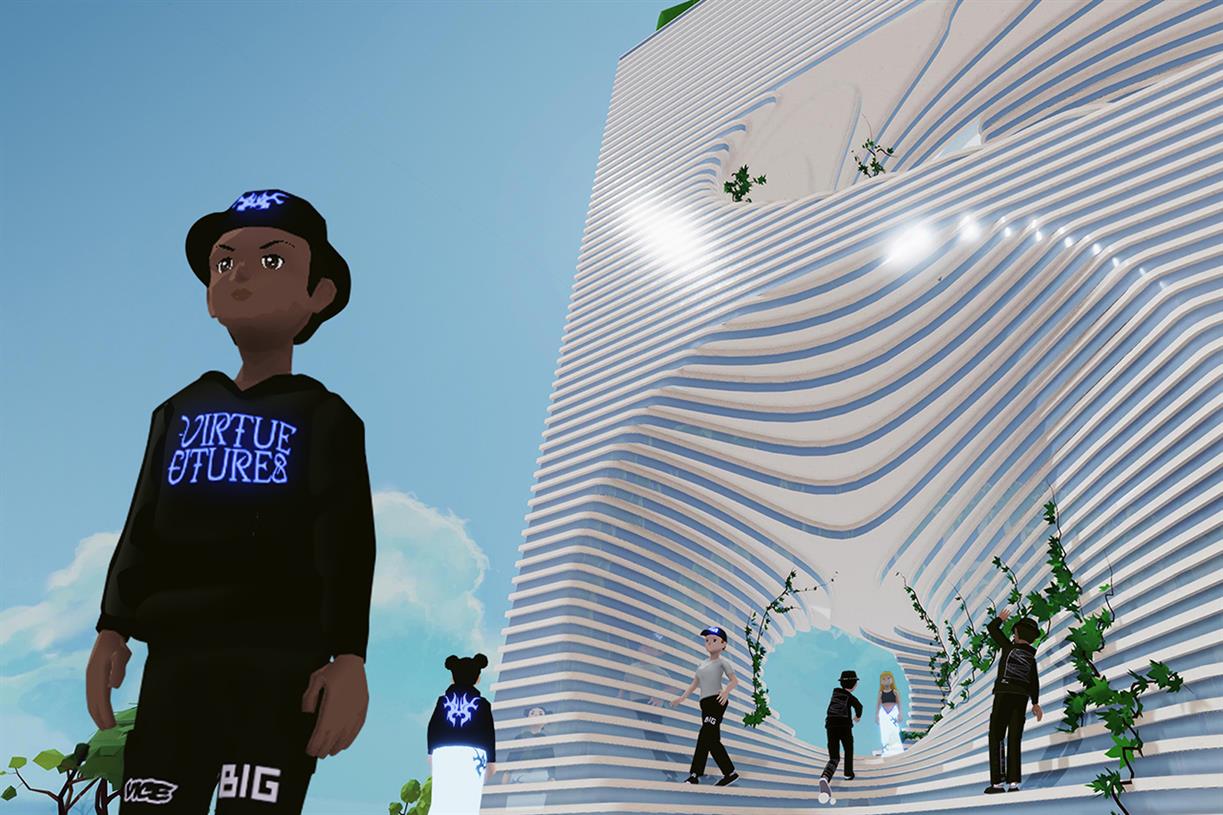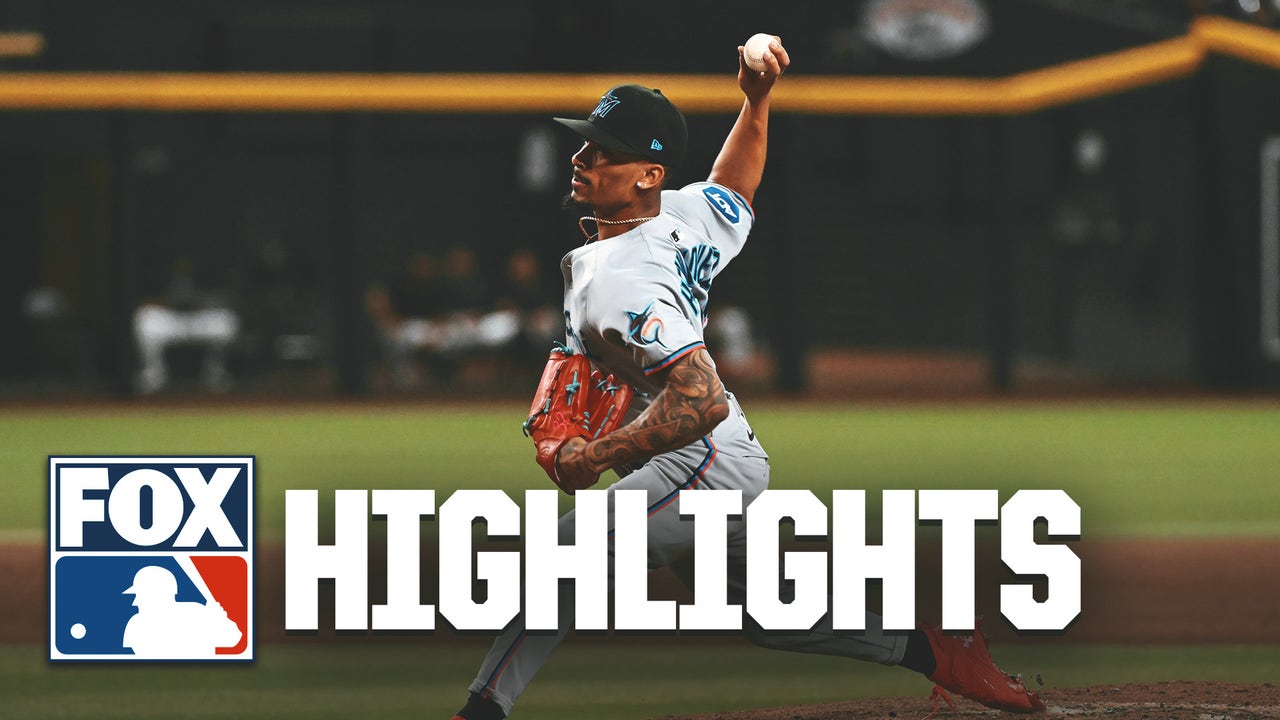Instagram Implements Advanced Protections for Teen Users
Advanced protections by default for younger IG users.

Amid rising discussion about potential age limits for social media access, Instagram’s trying to allay fears of harmful exposure in its app, by implementing new restrictions for all teen users, which will enact more protections for younger audiences.
Under its latest teen protection initiative, Instagram will now shift all teens into a more advanced protection mode, which will limit who can contact them, what they see, and how much time they spend in the app.
As per Instagram:
“We know parents want to feel confident that their teens can use social media to connect with their friends and explore their interests, without having to worry about unsafe or inappropriate experiences. We understand parents’ concerns, and that’s why we’re reimagining our apps for teens with new Teen Accounts. This new experience is designed to better support parents, and give them peace of mind that their teens are safe with the right protections in place.”
The new teen mode will incorporate six new restrictions:
Private accounts – All teen users will be opted into private accounts, while those aged under 16 will need a parent’s permission to opt out of private mode. Private accounts limit who can connect with you, who can see your content, and who can DM your profile in the app. Messaging restrictions – Teens users will also now have the strictest messaging settings implemented by default, ensuring that they can only be messaged by people they follow or are already connected to. Sensitive content restrictions – Teen users will automatically be placed into the most restrictive settings via IG’s Sensitive Content Controls. Limited interactions – Teen users can only be tagged or mentioned by people they follow, while Hidden Words will also be implemented by default, filtering out offensive words and phrases. Time limit reminders - Teens will now get notifications telling them to leave the app after 60 minutes each day. Sleep mode enabled – This is a big one: sleep mode will be automatically activated between 10 p.m. and 7 a.m., which will mute notifications overnight and send auto-replies to DMs.In addition to this, teen users will also get access to a new feature which lets them select the topics that they want to see more of in Explore and their recommendations, helping to ensure that they’re shown more content focused on their topics of interest.

Which could be of benefit for all users, relying less on algorithmic recommendations (based on your engagement history), and more on your topics of choice.
Of course, IG is driving significant engagement from algo-defined recommendations, so it’s unlikely to let all users have this option. But it would be a more overt control function for all IG users, which may be of benefit.
As noted, these more advanced protection measures will all be activated for all teen users by default, with those under 16 required to get a parents’ permission to switch them off. Which will definitely have an impact on teen usage, and it’ll be interesting to see whether that shifts habitual behaviors in the app, or it just pushes teens to other platforms instead.
Many teens now use Snapchat for messaging, and TikTok for entertainment, with IG falling somewhere in between. The introduction of new restrictions could just mean that teens re-prioritize these other apps, though even then, Meta would be doing its part to address overuse and overexposure concerns.
As noted, various regulatory and government groups are now considering expanded restrictions on social media apps, with Australia, Denmark, the U.S., and the U.K. all weighing the merits of potential age limits for social media access.
Instagram has been a key focus of these discussions, based on the growing body of evidence that the app can have negative impacts on young users, and Meta will no doubt be hoping that these more advanced protection options will alleviate some of that pressure, and demonstrate that it is taking the concern seriously.
Whether that stops the broader regulatory push remains to be seen, but these are some of the most restrictive mandatory measures implemented by a platform as yet.
Though at the same time, Instagram’s also testing friend location sharing, which could be considered a step in the opposite direction, while Meta’s also looking to reduce age restrictions for access to its Horizon VR social experiences.
So I wouldn’t say that this is Meta finding a conscience on this front, more so a means to appease regulators. But even then, given the amount of teen users that IG has, it is a significant update, which could offer more protections to a wide range of users.
The fact that Meta is implementing these restrictions by default is also important, because as Meta’s Head of Global Affairs Nick Clegg pointed out last week, while Meta has implemented a range of protection measures over the years, most parents never use them.
With this in mind, this new initiative moves beyond being just a PR exercise, and into actual application.
Which teens will no doubt also find ways around, but IG’s looking to cover that too:
“Teens may lie about their age and that’s why we’re requiring them to verify their age in more places, like if they attempt to use a new account with an adult birthday. We’re also building technology to proactively find accounts belonging to teens, even if the account lists an adult birthday. This technology will allow us to proactively find these teens and place them in the same protections offered by Teen Account settings. We’ll start testing this change in the US early next year.”
Overall, it’s a good update, though again, we’ll have to wait and see how teen users adapt before lauding it as a significant shift.
But it is seemingly comprehensive, and it should ensure more protection for younger users.

 Lynk
Lynk 






























